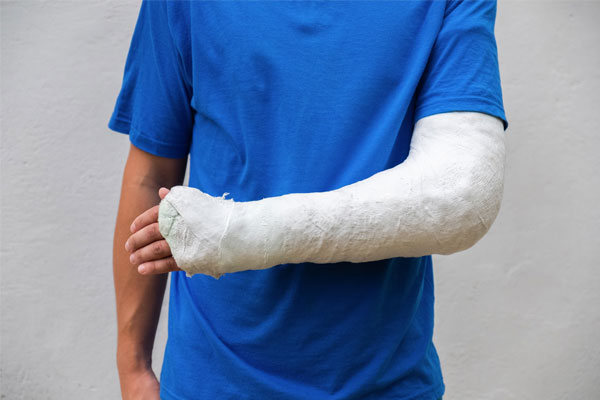Understanding Fractures & the Plaster Treatment Process
Fractures, though common, can be distressing and require proper care and treatment to ensure optimal healing. Plaster casts are one of the most traditional and effective methods used in the management of fractures. This article aims to provide an overview of fractures, their types, symptoms, and the plaster treatment process.
A fracture refers to a break or crack in a bone, often caused by trauma, repetitive stress, or underlying medical conditions. Fractures can vary in severity, ranging from hairline cracks to complete breaks that may pierce through the skin.


Hours Emergency Assistance Call Us
+91-9540084444
.
Types of Fractures:
- Closed Fracture: The bone breaks but does not penetrate the skin.
- Open Fracture (Compound Fracture): The broken bone pierces through the skin, leading to a risk of infection.
- Greenstick Fracture: Common in children, where the bone bends and cracks but doesn’t break completely.
- Comminuted Fracture: The bone breaks into multiple pieces.
- Stress Fracture: Resulting from repetitive stress on the bone, common in athletes and those engaged in strenuous activities.
Symptoms of Fractures:
- Pain, swelling, and bruising around the affected area.
- Difficulty or inability to move the injured limb.
- Deformity or misalignment of the bone.
- Tenderness and localized pain upon touch.
- Numbness or tingling sensation.
Treatment with Plaster: Plaster casts are widely used in the treatment of fractures due to their ability to immobilize the affected area, promoting proper alignment and healing. The process typically involves the following steps:
- Assessment and Diagnosis: A healthcare professional assesses the fracture through physical examination and imaging tests like X-rays to determine the type and severity of the fracture.
- Reduction: In cases of displaced fractures, the healthcare provider may need to manipulate the bone fragments back into their proper alignment through a procedure called reduction.
- Applying the Cast: Once the bone is properly aligned, a plaster cast is applied to the affected limb. This involves wrapping layers of wet plaster around the injured area, which hardens and forms a sturdy cast as it dries.
- Monitoring and Follow-up: Patients are typically advised to follow up with their healthcare provider regularly to monitor the healing progress. X-rays may be taken periodically to ensure that the bone is healing properly and to make any necessary adjustments to the cast.
- Cast Removal and Rehabilitation: After the bone has sufficiently healed, the plaster cast is removed, and rehabilitation exercises may be recommended to restore strength, flexibility, and range of motion to the affected limb.
